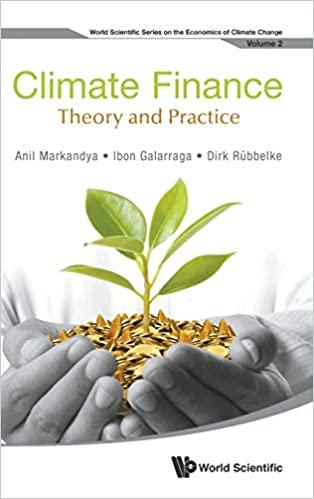Question
You estimate that a passive portfolio, that is, one invested in a risky portfolio that mimics the S&P 500 stock index, yields an expected rate
You estimate that a passive portfolio, that is, one invested in a risky portfolio that mimics the S&P 500 stock index, yields an expected rate of return of 12% with a standard deviation of 20%. You manage an active portfolio with expected return 16% and standard deviation 24%. The risk-free rate is 6%.
1. Draw the CML and your funds CAL on an expected returnstandard deviation diagram.
a. What is the slope of the CML?
b. What is advantage of your fund over the passive fund.
2. Your client ponders whether to switch from your fund to the passive portfolio. You are currently charging him 1% management fee. Show him the maximum fee you could charge (as a percentage of the investment in your fund, deducted at the end of the year) that would leave him at least as well off investing in your fund as in the passive one. (Hint: the fee reduces the Sharpe Ratio. Find the fee at which the Sharpe Ratio for both situations are the same)
3. Assume your client has a coefficient of risk aversion of 3.5. If he chose to invest in the passive portfolio, what proportion, y, would he select?
Step by Step Solution
There are 3 Steps involved in it
Step: 1

Get Instant Access to Expert-Tailored Solutions
See step-by-step solutions with expert insights and AI powered tools for academic success
Step: 2

Step: 3

Ace Your Homework with AI
Get the answers you need in no time with our AI-driven, step-by-step assistance
Get Started


